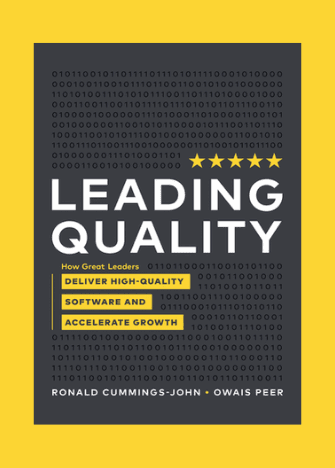The cloud, which provides adaptable and scalable computing resources, has recently emerged as a crucial tool for enterprises. A type of software testing known as “cloud-based testing” is becoming more popular due to its capacity to overcome several issues with traditional testing methods.
Cloud-based testing involves conducting software testing operations using the tools and infrastructure made available by cloud service providers. In this approach, organizations use the capabilities of the cloud to conduct their testing activities instead of setting up and administering testing environments locally.
This method uses the cloud to provision and provide access to testing resources, test environments, and tools. As a result, businesses won’t need to spend money on or maintain their infrastructure. Cloud-based testing offers scalability, affordability, flexibility, and accessibility benefits that traditional testing methodologies might not provide.
In this article, we will explore the advantages and drawbacks of cloud-based testing and explain why it has gained popularity among many businesses.
Advantages
Cost-Effectiveness
Conventional testing methods can call for significant infrastructure and hardware investments. Testing in the cloud replaces the requirement for specific hardware with a pay-as-you-go model, drastically reducing upfront costs.
Rapid Provisioning
In the past, creating testing environments could take some time. Testers can easily deploy and configure test environments in the cloud, reducing setup time and speeding up the entire testing process.
Accessibility and Collaboration
Cloud-based testing enables concurrent testing across teams and locations, promoting cooperation and effectiveness. Because the testing environment is instantly accessible from anywhere, it is less dependent on physical infrastructure and time zone restrictions.
Scalability
With cloud-based testing, businesses can adjust testing resources according to project needs. With this flexibility, testing can be done affordably even when dealing with varying workloads or constrained project schedules.
Drawbacks
Variability in Performance
The effectiveness of cloud-based testing is influenced by elements, including internet connectivity, server load, and shared resources. To produce accurate and dependable results, testers must consider these elements.
Security Concerns
It can be difficult to put your faith in the cloud provider’s security protocols and to protect important data while testing. To ensure data privacy, credible cloud providers make significant investments in security and compliance certifications.
Test Environment Replication
Replicating sophisticated test environments in the cloud can be difficult, particularly when dealing with particular hardware installations or complex network settings. Effective solutions to this problem can be found through close cooperation between cloud vendors and testers.
Conclusion
The many advantages of cloud-based testing outweigh many of the drawbacks of conventional testing methods.
Although security issues and performance unpredictability must be carefully taken into account, the cloud’s scalability, affordability, accessibility, and quick provisioning make it a desirable option for businesses wishing to improve their software testing procedures.
Businesses can increase productivity, shorten time to market, and improve the quality of software releases by adopting cloud-based testing, giving them a competitive edge in the current fast-paced digital environment.
Happy testing!
About the tester
Thamseel has been part of Tester Work for more than 3 years and shares his software tester expertise in this article.
This article is the sole responsibility of the author. By submitting their work to our blog, authors affirm that the content is original and does not violate any copyrights or intellectual property rights of third parties.







